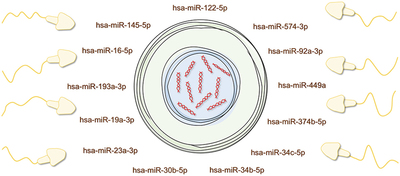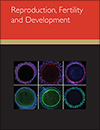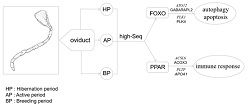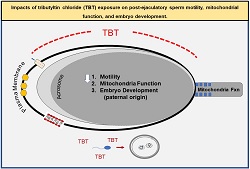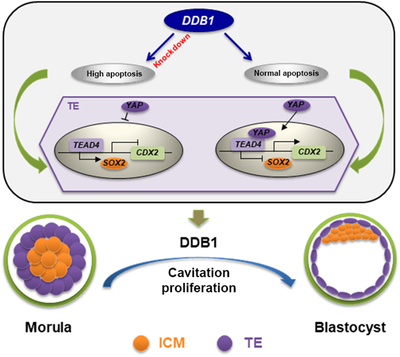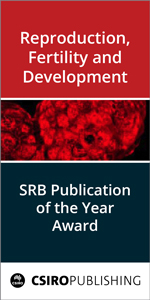Reproduction, Fertility and Development
Volume 34
Number 12 2022
Human male infertility is a major health problem affecting about 15% of reproductive-aged couples. It is a multifactorial disorder involving different physiopathological mechanisms and multiple genes, with deleterious effects that causedecreasing sperm counts, which translate into an incorrect sperm development and function. These processes are complex and are finely regulated and the molecular mechanisms implicated continue to be revealed. On this issue, we suggest an important role for miRNAs in the development of male infertility.
The differences in the number and activity of the secretory cells in the oviductal epithelium is likely attributed to the seasonal variation of the microenvironment in the lumen. A list of DEGs related to the PPARs, FOXO, and steroid biosynthesis pathways were identified and comprehensively profiled. This study provides fundamental insights into the mechanism of sperm storage in A. sinensis.
Environmental contaminant exposure to humans and animals is a global concern for negative effects on reproductive health and fertility. Consequences of the common and environmentally stable compound tributyltin chloride on post-ejaculatory sperm exposure were previously unknown and established herein to alter sperm function through reducing embryo development. These findings indicate that short-term exposure to environmental contaminants impact male fertility through a mechanism of paternal origin that negatively alters embryo development.
DDB1 is a gene that participates in meiotic resumption, ovulation, and embryonic stem cell maintenance. It is produced from maternal origin transcripts in early porcine embryos. DDB1-deficiency enhanced cellular apoptosis in the blastocyst. Lack of DDB1 impaired trophectoderm formation and the pluripotency maintenance of blastocyst. DDB1 is a MEG, which plays a the crucial role of in porcine preimplantation embryonic development.
